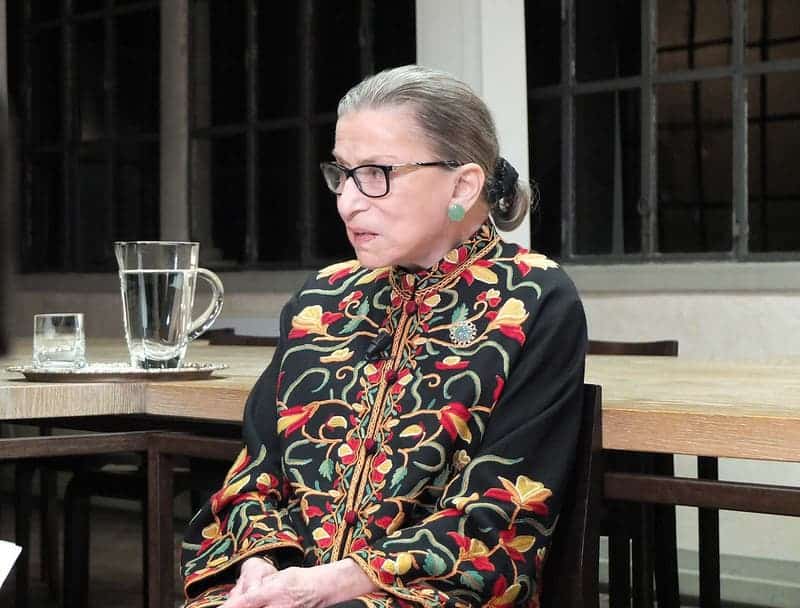The 16 flagship journals at top US law schools are now led by women.

When Ruth Bader Ginsburg arrived on campus at the Harvard Law Review in 1956, there was only one woman on the staff. Ruth Bader Ginsburg would go on to become Supreme Court Justice and a feminist icon — one of the loudest voices challenging gender discrimination.
But despite her work, and that of other pioneers, change has been very slow. It was only twenty after Ginsburg went to Harvard that a woman would be elected to lead the law journal at Harvard Law School.
Now, for the first time, law journals from the top 16 law schools in the US are led by women.
Being the editor in chief of a peer-reviewed journal is not something you just stumble your way in. It’s a position selected through peer vote, so it’s also very vulnerable to prejudices, which makes the fact that all editors are women even more surprising.
“It’s such a contrast to the ancient days when I was in law school,” Ginsburg said during a gathering in Washington to mark the 100th anniversary of the ratification of the 19th Amendment, which granted women the right to vote. “There really is no better time for women to enter the legal profession.”
However, although this is a momentous achievement, there’s still a long way to go before reaching gender equality among law practitioners. In the US, women still make up less than 25% of law firm equity partners and tenured law professors. Furthermore, Ginsburg’s stellar career did not exactly ignite the way for other women to follow in her footsteps: only four women have ever served on the Supreme Court.
When it comes to peer-reviewed journals, the situation is very similar. Despite substantial progress for women in science, women are underrepresented in almost all areas of scientific publishing. A study published in November 2019 found that, at least when it comes to ecology, women are absent or almost absent from the editorial staff in 5 of 5 journals. This is contributing to the bias against women in publishing in general.
Papers with women first authors are more likely to be rejected and less likely to be cited than those with a male first author. Things are starting to change, but it’s still a slow process.
When you add race into the problem, the gap becomes even clearer. Gabriella Ravida, editor-in-chief of the University of Pennsylvania Law Review, noted that she is only the second African-American woman to hold that post in the journal’s 169-year history.






